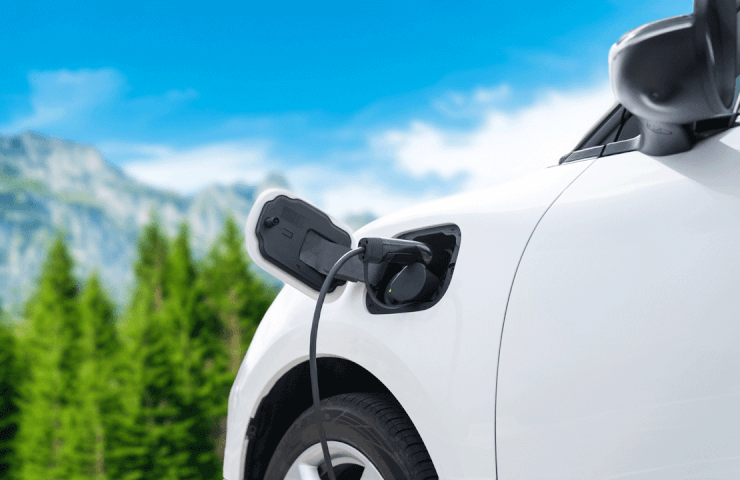In recent years, the world has witnessed the rapid growth of electric mobility, a key element of which is the proliferation of charging stations.
Analysis of the electric vehicle market by GidMarket, shows that in Russia the penetration level of electric cars is still low, but sales of electric vehicles are growing at a record pace for the Russian market. Thus, according to Autostat and PPK JSC, for the entire 2022, Russians purchased almost 3 thousand new passenger cars powered by electricity. Between January and August 2023, 6.99 thousand new electric cars were sold, which is 4.4 times more than during the same period last year. Sales of used electric vehicles also showed an increase - by 19%, to 6.9 thousand units.





